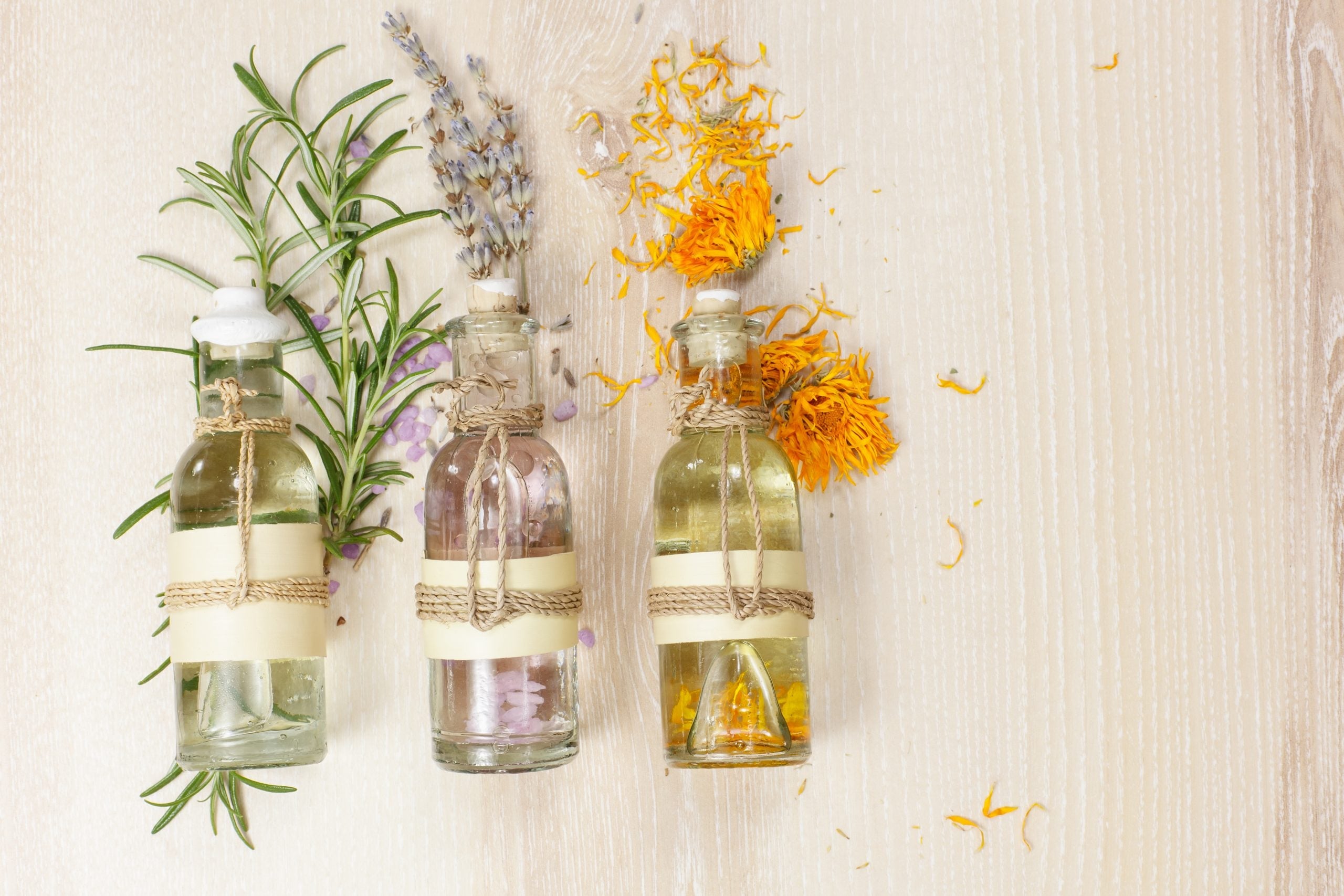1. The History of Floral Therapy:
Floral therapy, also known as flower essence therapy or flower remedies, is a holistic healing practice that dates back to ancient civilizations. The ancient Egyptians, for instance, used flowers like lilies and roses for their healing properties. However, it was Dr. Edward Bach, a British physician, who popularized the modern practice of floral therapy in the early 20th century. He believed that the vibrational energy of flowers could help balance emotional states and promote overall well-being.

2. How Floral Therapy Works:
Floral therapy is based on the idea that different flowers possess unique energy patterns and healing properties. These properties are believed to interact with our own energy fields, helping to address emotional imbalances and negative emotions. Practitioners create flower essences by infusing flowers in water, capturing their energetic essence. These essences can then be taken orally or applied topically.

3. Common Flowers and Their Healing Properties:
Lavender: Known for its calming and soothing properties, lavender flower essence is often used to alleviate stress, anxiety, and insomnia.
Chamomile: Chamomile flowers are associated with relaxation and can help reduce irritability and promote a sense of peace.
Rose: Rose flower essence is linked to feelings of love and compassion, making it beneficial for healing emotional wounds and promoting self-love.
Borage: Borage flowers are believed to enhance courage and boost confidence, making them useful for those dealing with self-doubt.
Mimulus: Mimulus flower essence is associated with overcoming specific fears and anxieties, helping individuals face their phobias head-on.

4. The Benefits of Floral Therapy:
Emotional Balance: Flower essences can help individuals better manage their emotions, reducing feelings of anxiety, depression, and stress.
Increased Self-Awareness: Floral therapy encourages self-reflection and a deeper understanding of one's emotional triggers.
Holistic Healing: This practice addresses emotional and mental well-being, acknowledging the interconnectedness of mind, body, and spirit.
Non-Invasive: Flower essences are gentle and non-invasive, making them suitable for people of all ages.

5. How to Incorporate Floral Therapy into Your Life:
If you're interested in exploring floral therapy, consider working with a trained practitioner who can create personalized flower essence blends tailored to your specific emotional needs. Alternatively, you can explore pre-made flower essence remedies available in health food stores and online retailers.
Incorporating flowers into your daily life by tending to a garden, displaying fresh blooms in your home, or simply taking moments to appreciate their beauty can also have a therapeutic effect.


